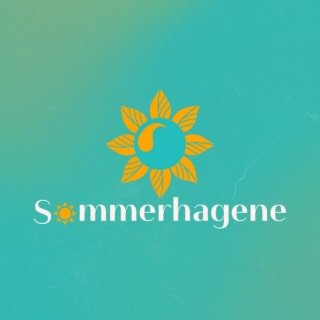A Day in Herzegovina's Family Vineyards
Morning sun lights the terraces above Čapljina, turning rows of Žilavka and Blatina grapes into beads of green and purple. Your host from Cheyf meets you at Sommerhagene, then drives fifteen minutes to a hillside estate where wine is still made the way a grandfather learned from his grandfather.
Harvest with the Locals
Clip bunches, drop them into chest‑high baskets, and feel sticky juice coat your fingers. When the crate is full, the winemaker tips it into a wooden crusher. Children crank the iron wheel, seeds crack, and sweet must splashes into an oak trough. Someone passes you a cup of raw grape juice. It tastes like fruit candy and early summer.
Inside the Stone Cellar
Step down into a three‑hundred‑year‑old room that stays twelve degrees even in August. Clay amphora line one wall, French oak barrels the other. The winemaker draws cloudy Žilavka from steel, a gentle hiss proving the yeast is still at work. Next he thieve‑pours a ten‑month‑old Blatina from oak. Dark red, hints of cherry and wild sage, it shows why this valley has grown grapes since Roman times.
Lunch Between the Vines
A long plank table waits under a fig tree. Platters of home‑cured prosciutto, sheep cheese, and fire‑roasted peppers appear one after another. Glasses stay filled; first bright young white, then rounded red, finally a surprise rosé fermented in clay. Conversation wanders from pruning tricks to football scores. Nobody pretends to know every tasting note, everyone agrees another pour sounds perfect.
Plan Your Visit
- Season. Harvest runs late August to mid‑September, tastings all year.
- Time. Four hours round trip from villa door to last espresso.
- Wear. Closed shoes, sunglasses, and phone storage for photos.
- Ride. Cheyf organises van pick‑up and return, so you can sample freely.
- Souvenir. Every guest heads home with two bottles, one young and one aged, boxed for air travel.
Why It Fits the Day
The vineyard sits fifteen minutes from Sommerhagene. Crush grapes before lunch, nap by the pool mid‑afternoon, then drive to Blagaj for sunset coffee. In a single outing you taste Herzegovina in its purest form: mountain sun, river air, and family tradition poured into a glass. One swirl of ruby Blatina and you will understand why locals say wine is liquid history.
